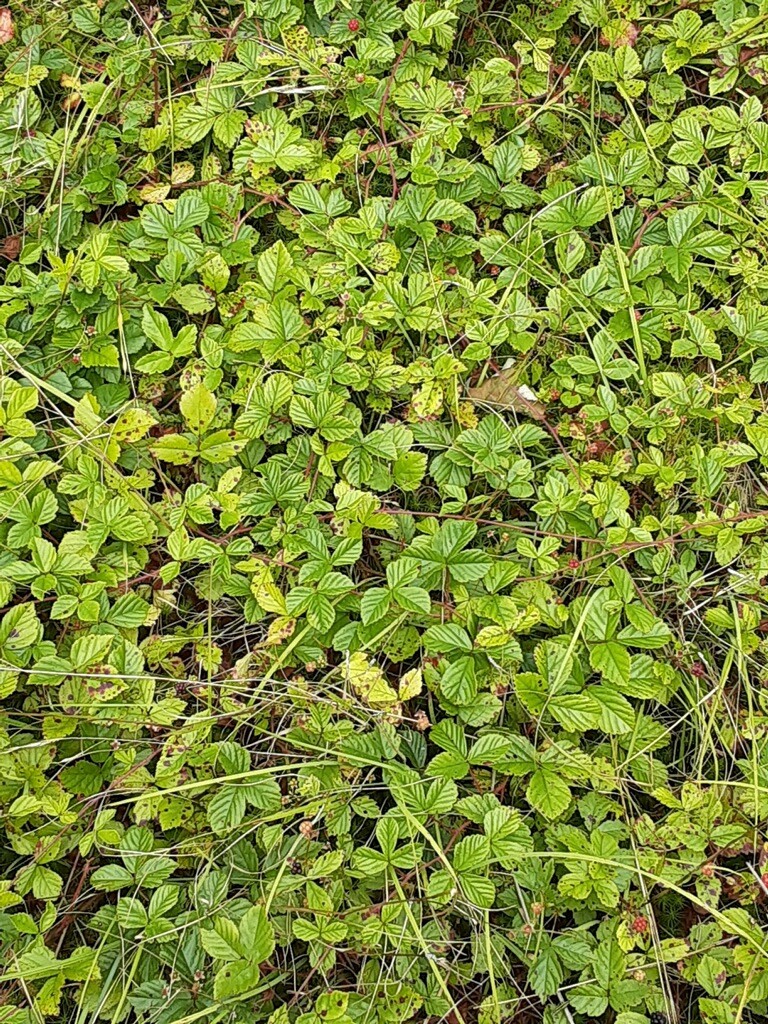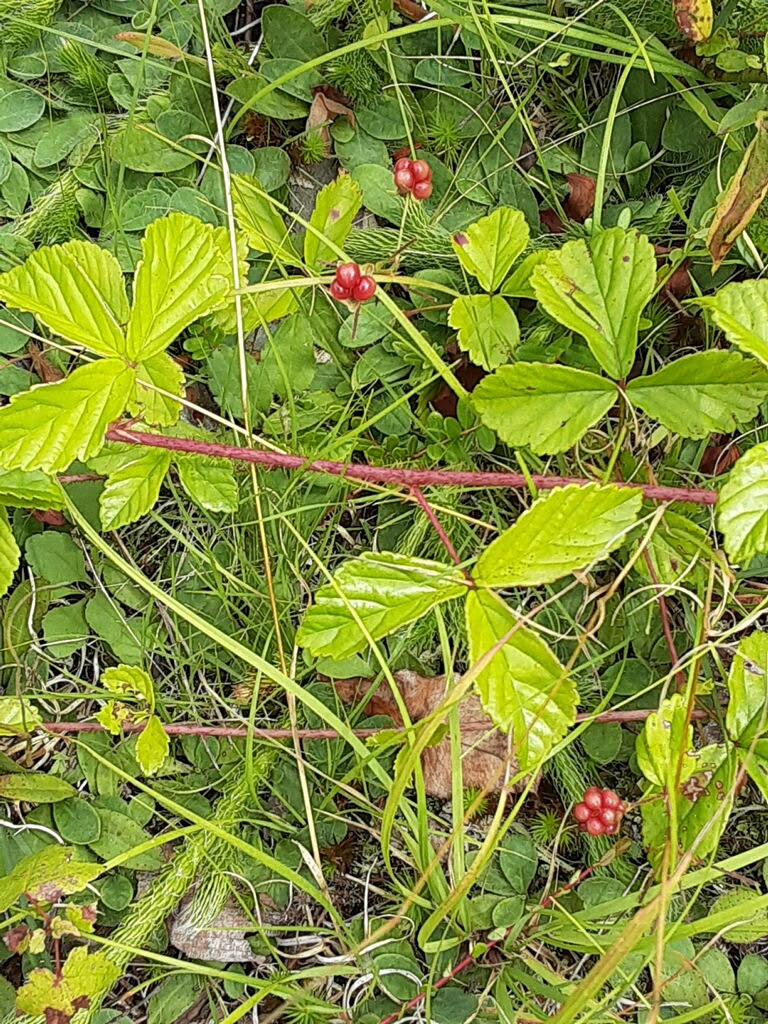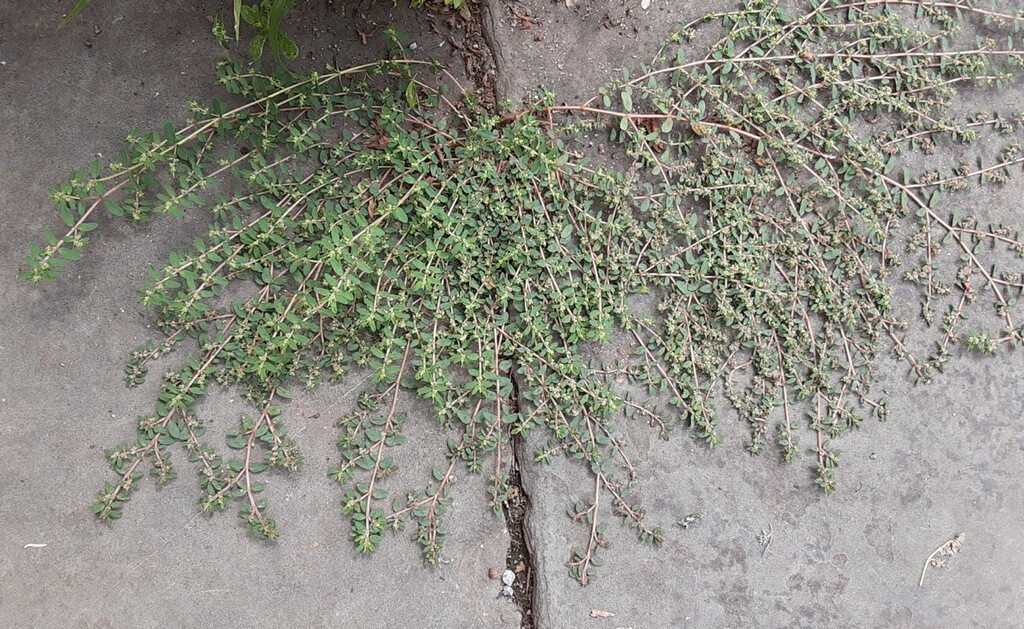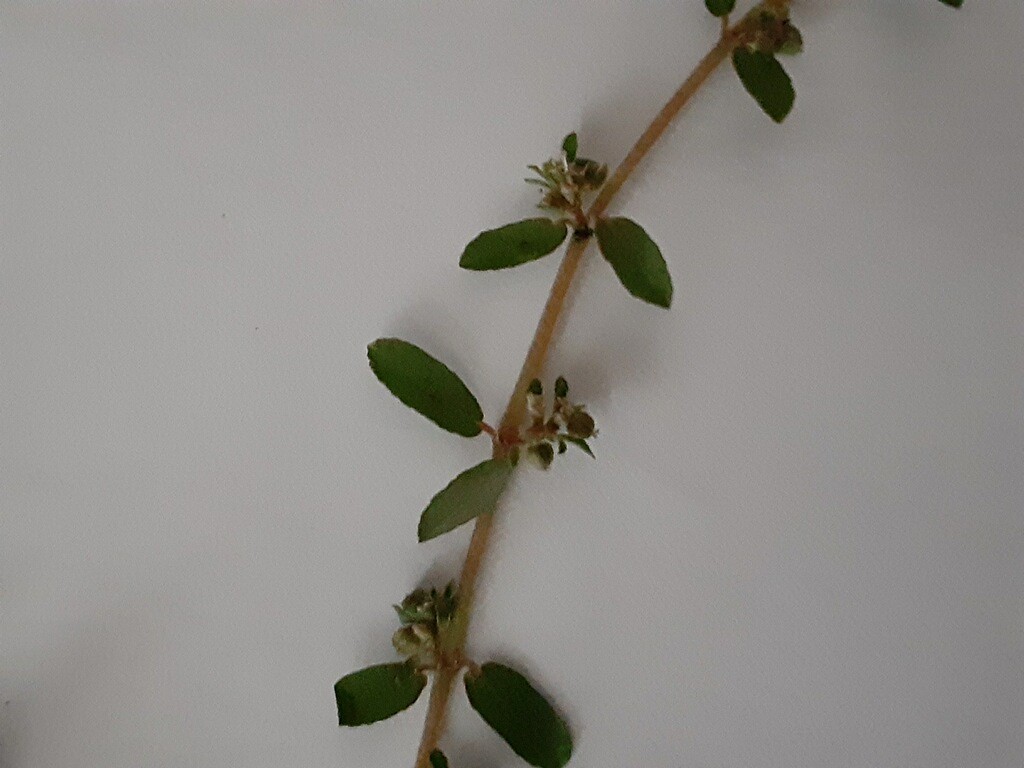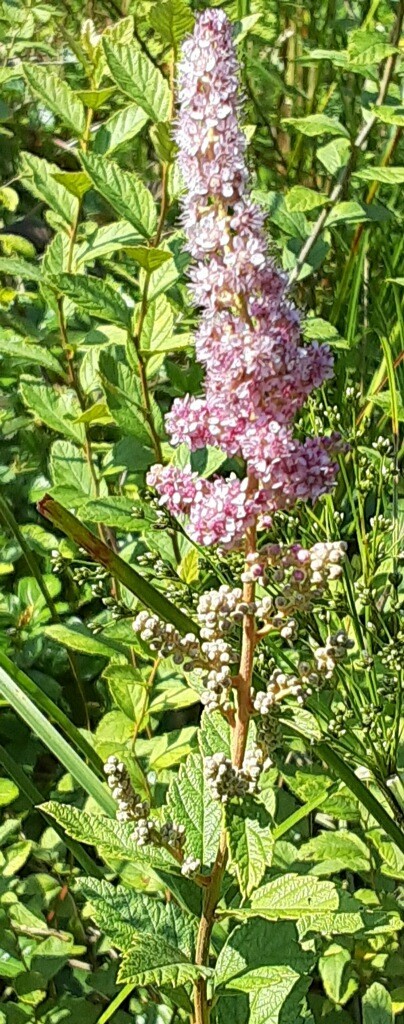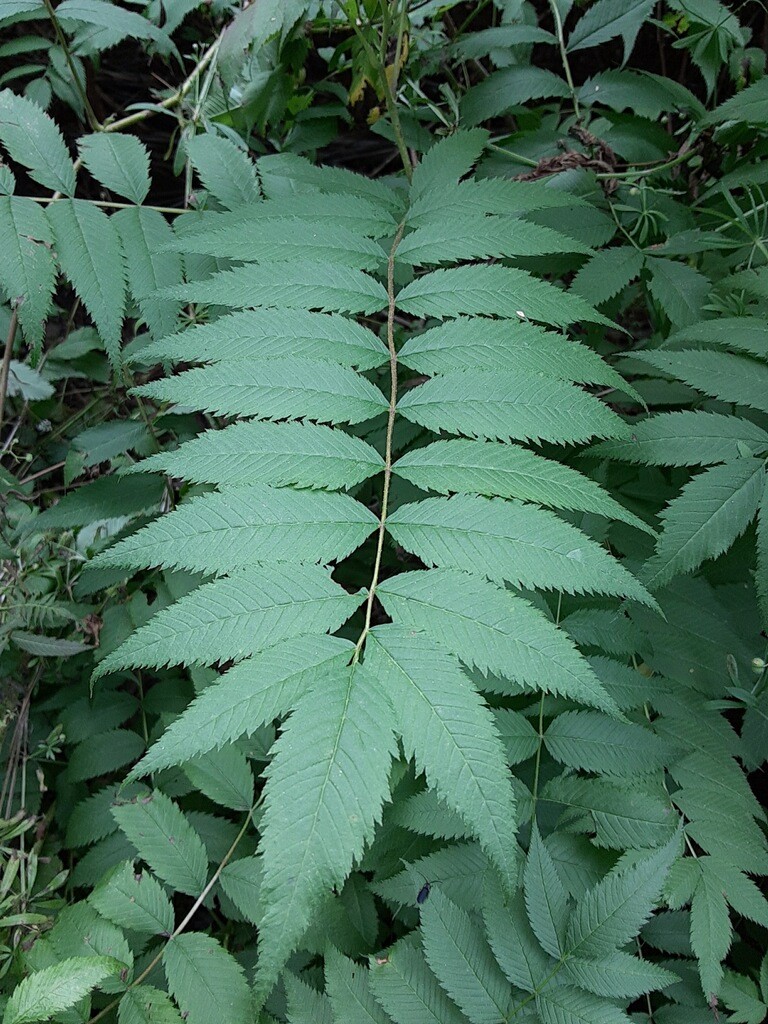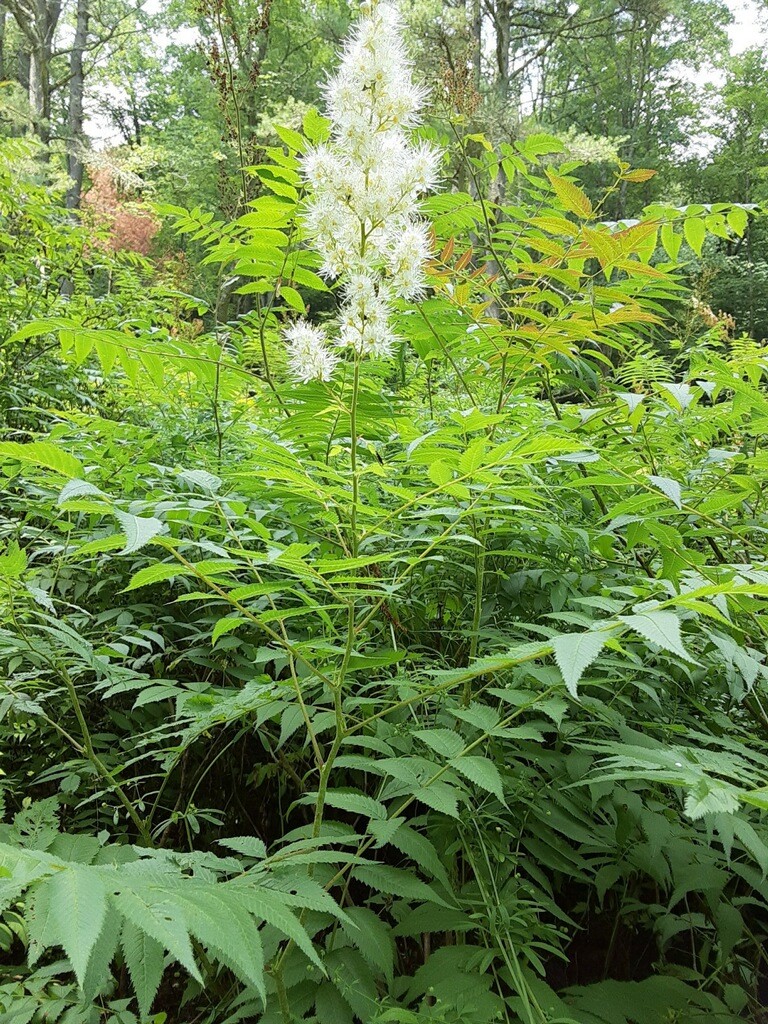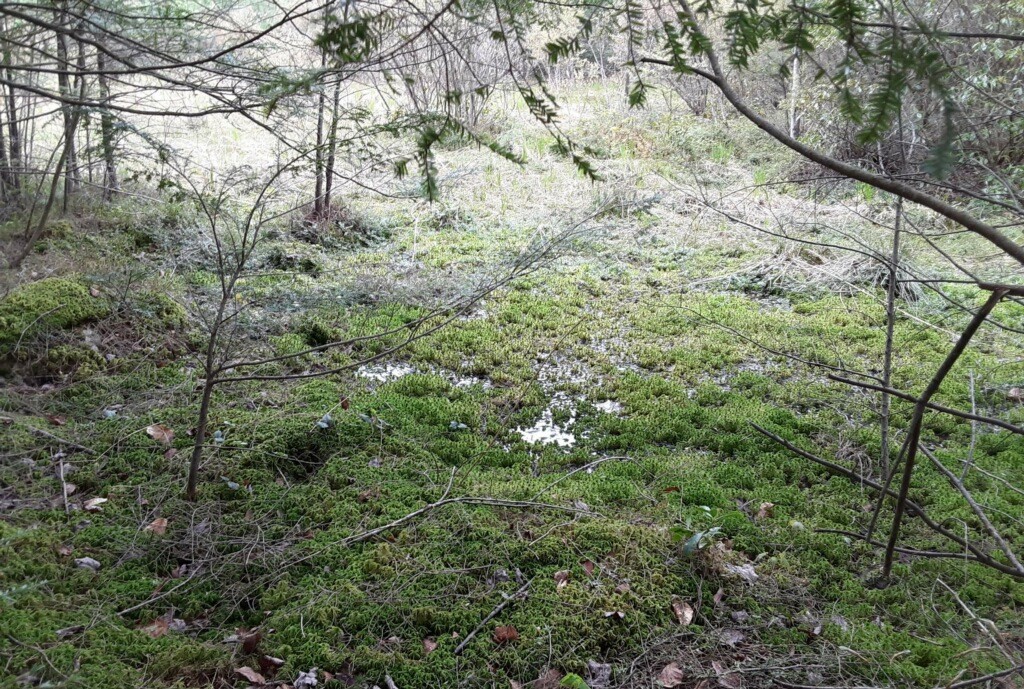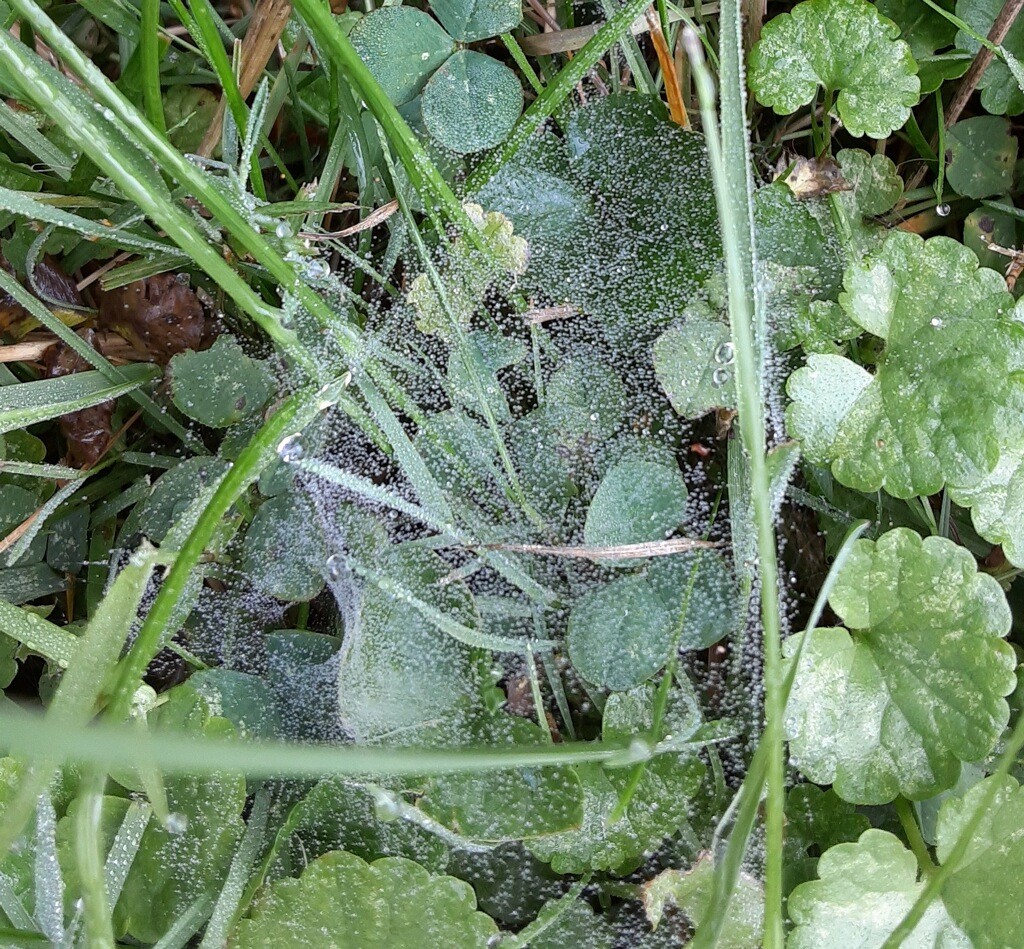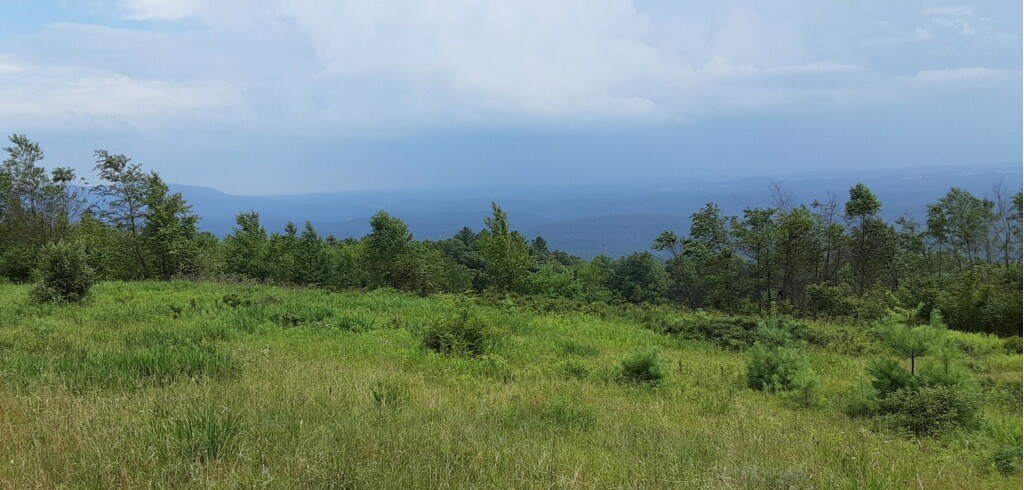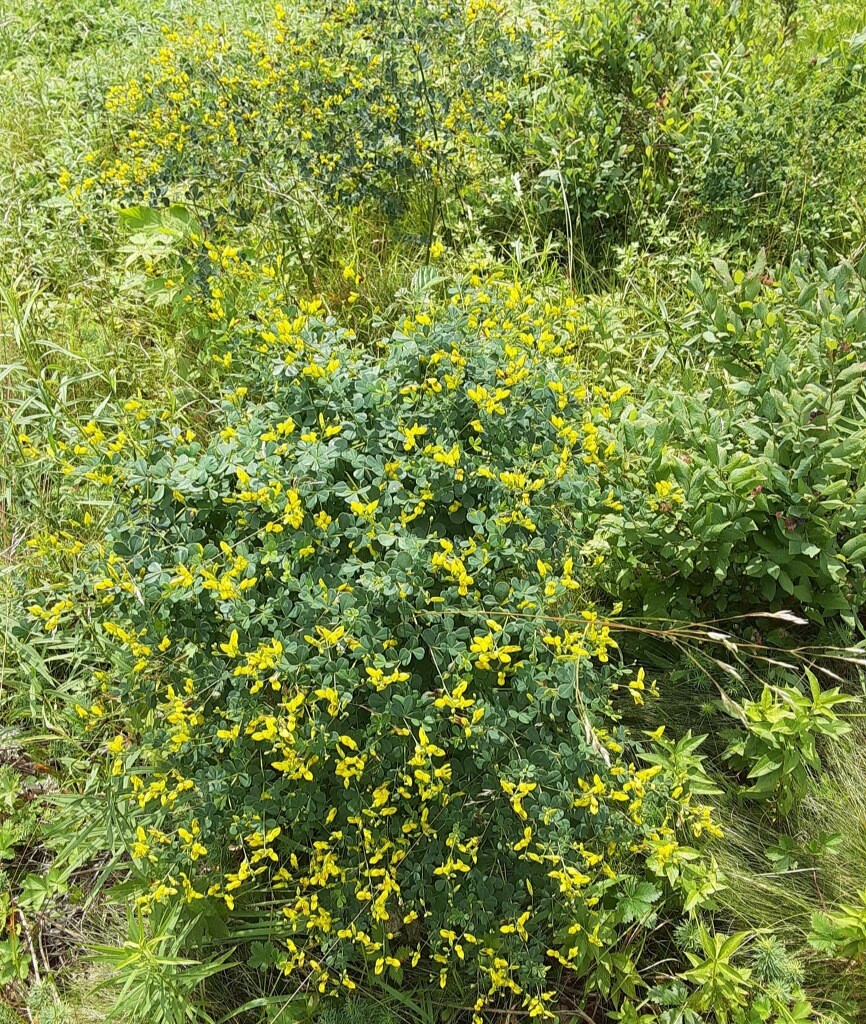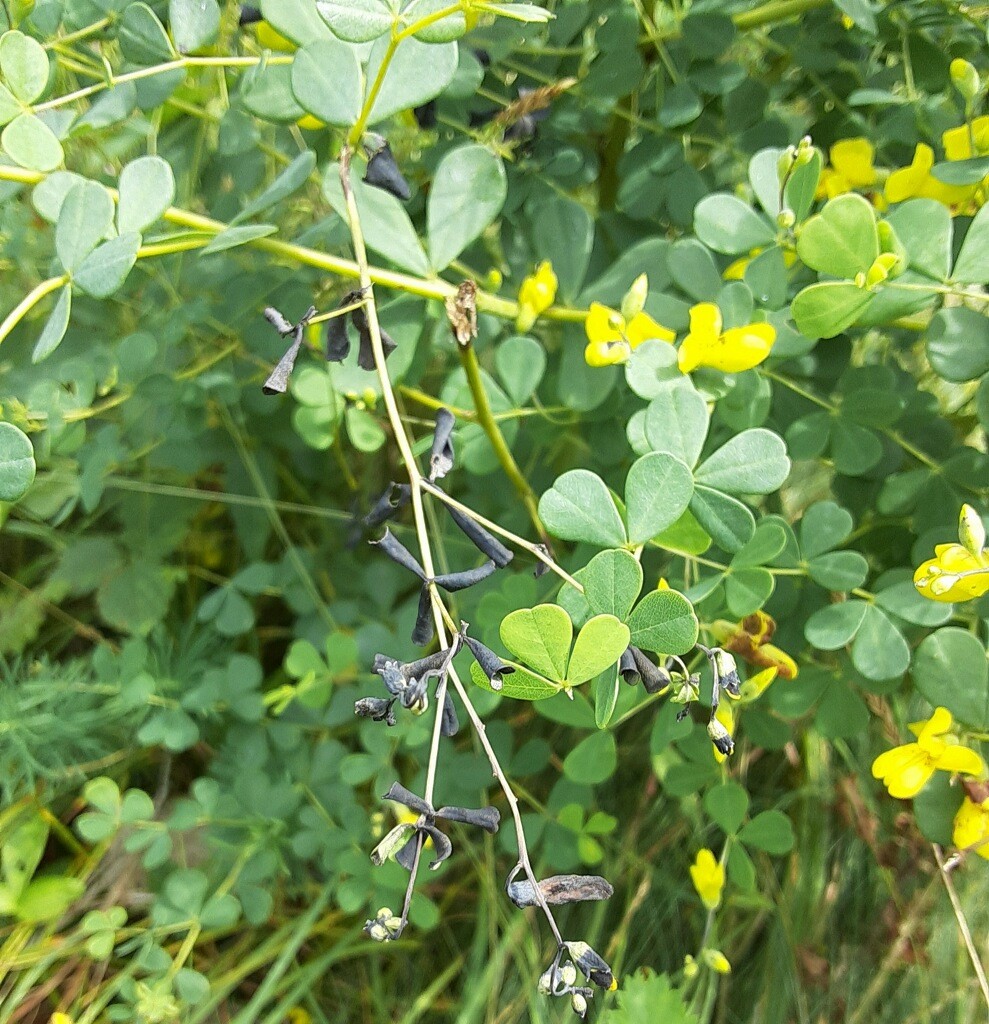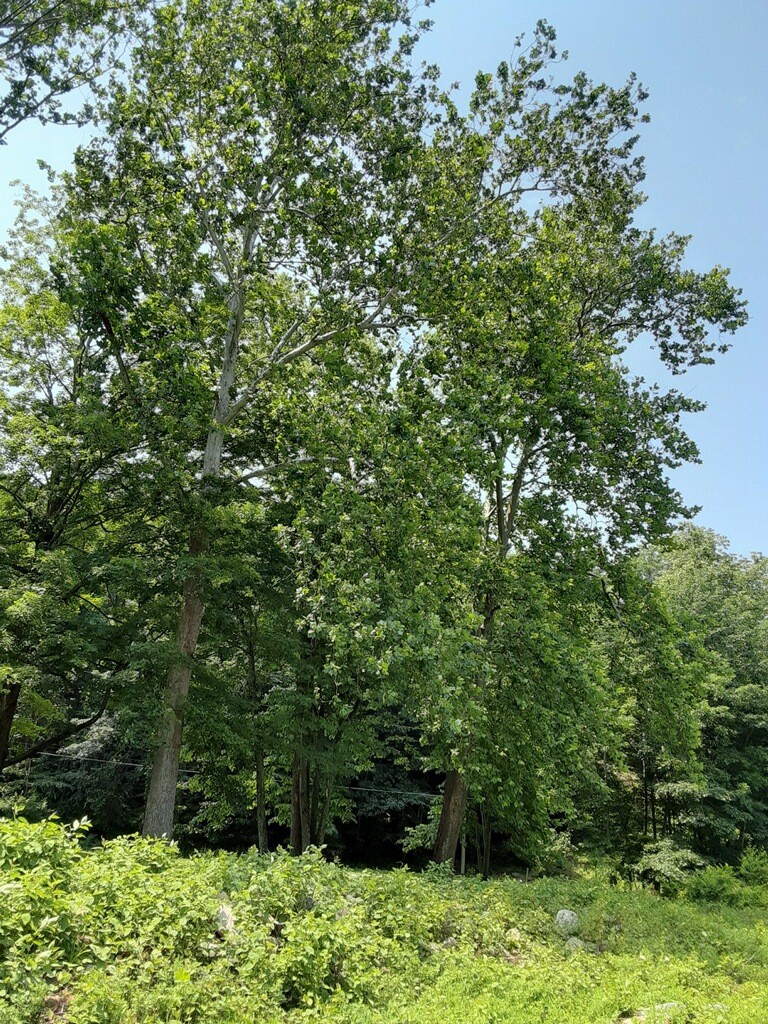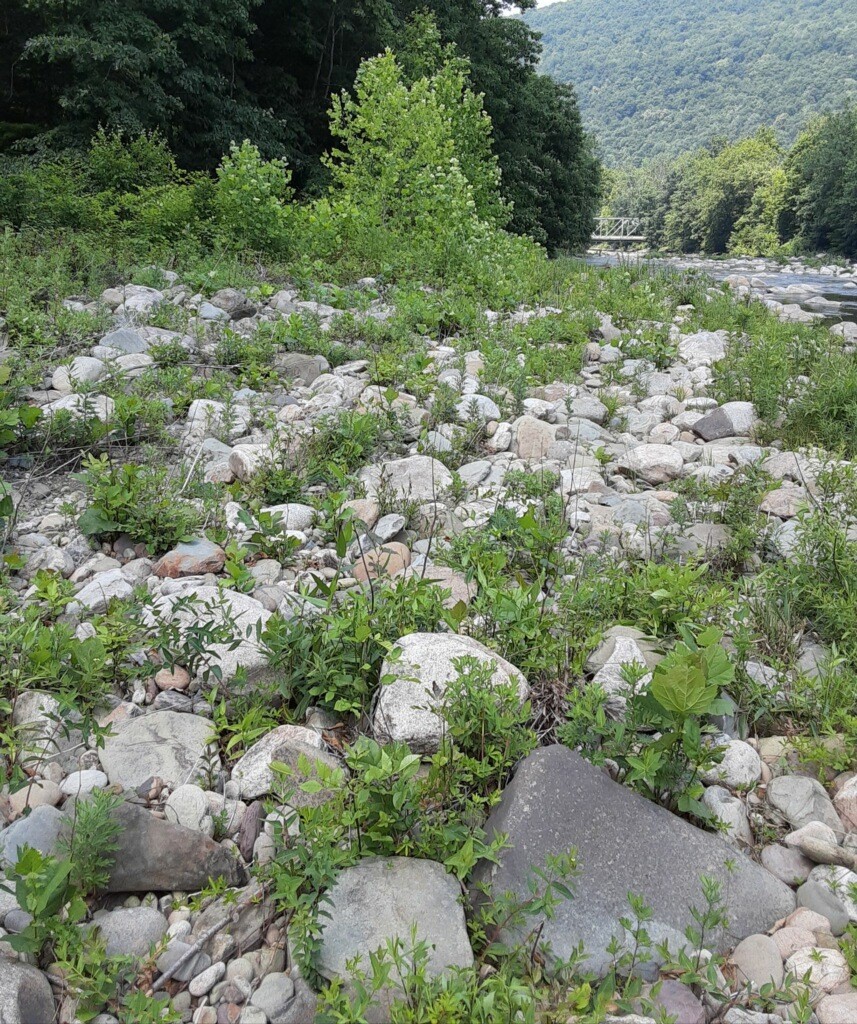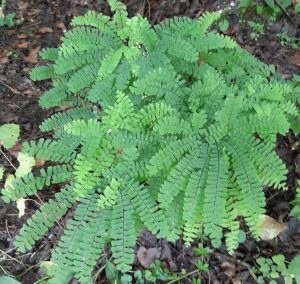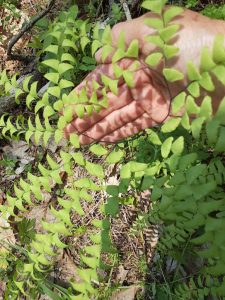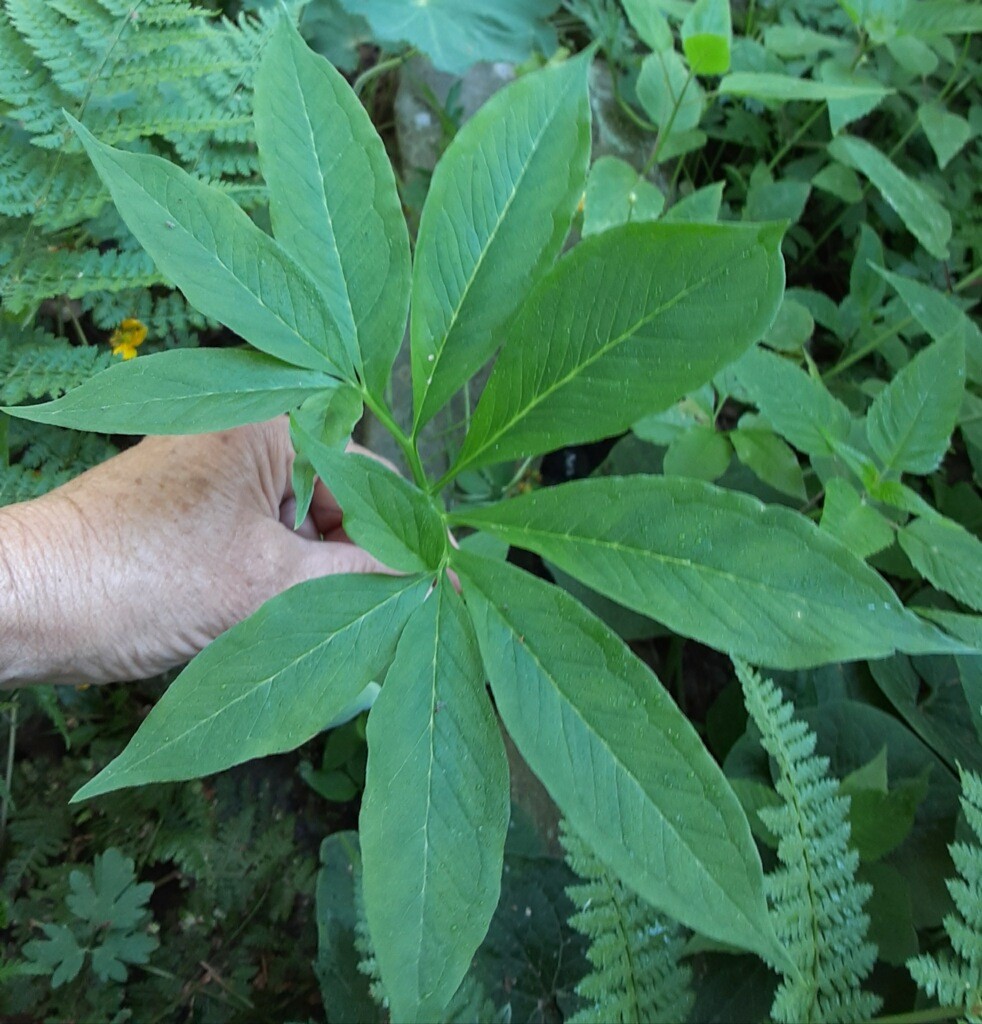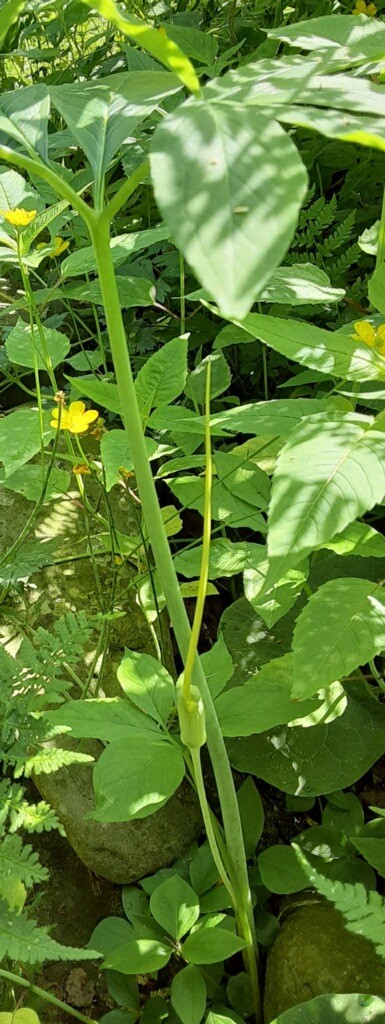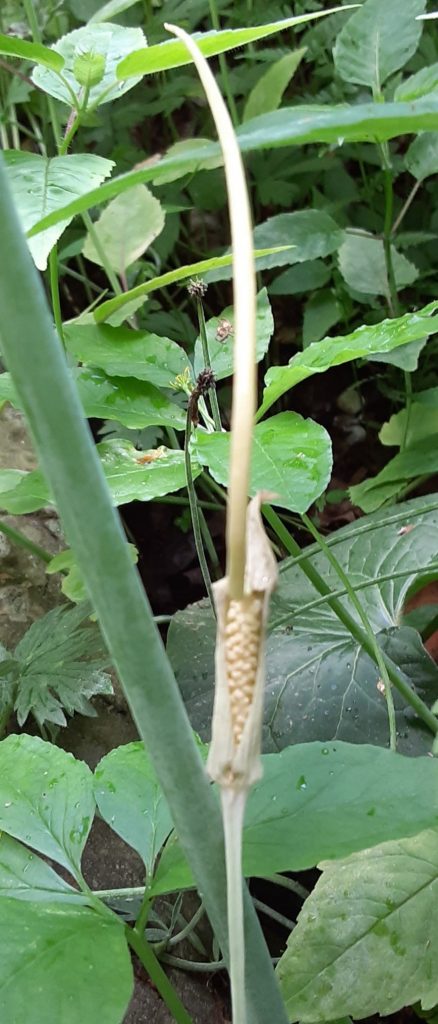By Susan Sprout
Mr. Crabapple, a stump in our backyard, has grown a braid!
OK, that’s what I call it. Normal folks would probably call it shelf fungi.
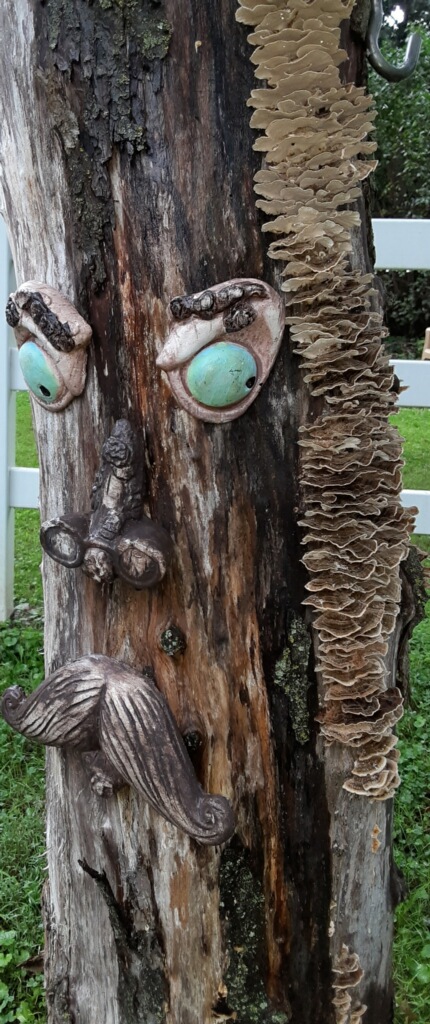
Turkey Tails is their common name, reflecting the wonderful concentric color zones of tan, brown, gray and cinnamon that look like fanned turkey tails. These are one of the most frequent types of fungi found in our woods and throughout the world.
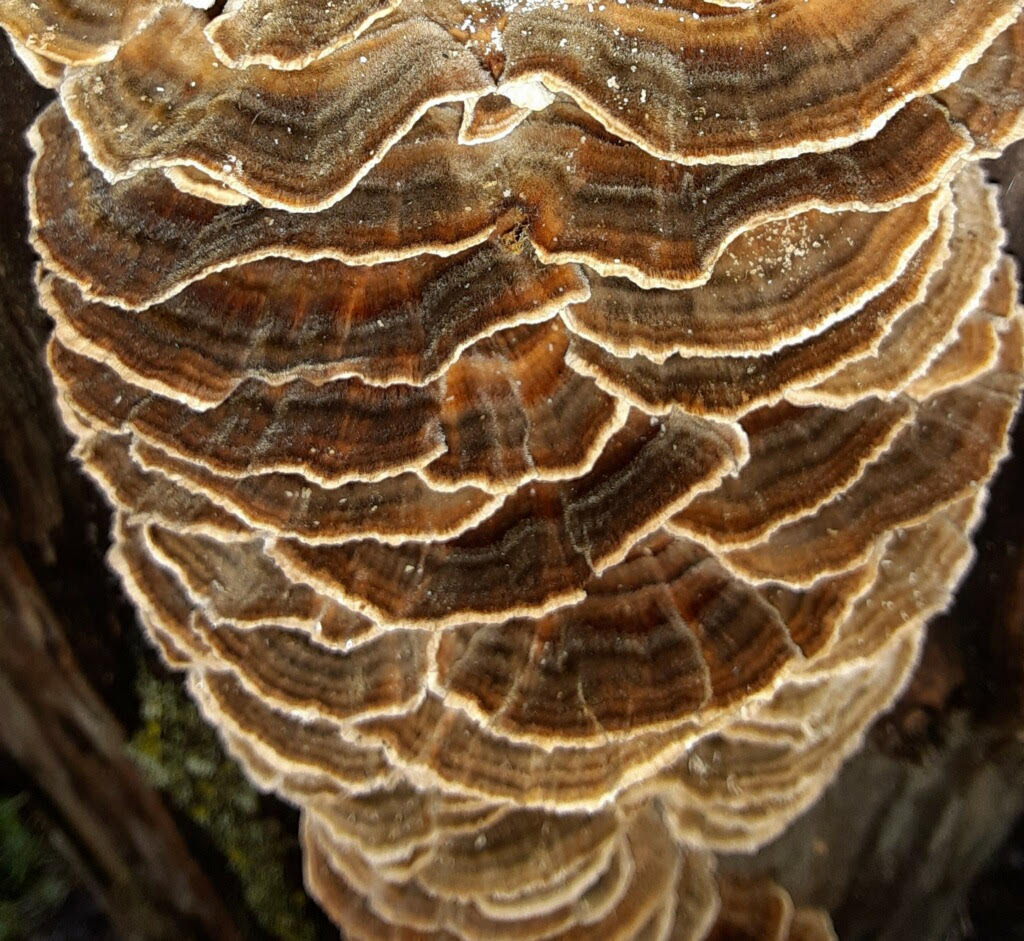
Until the 1960’s, fungi were categorized as plants. We now know, from biochemical and DNA studies, they are more closely related to animals than plants and are placed in a separate kingdom which includes yeasts, molds, mushrooms, and mildews.
Turkey Tails are saprobes, decomposers of dead hardwood logs and stumps. I see them all the time when I hike. Ah well, I actually can’t see the fungi’s main body, the mycelium, made up of microscopic thread-like hyphae, because they live deep inside what they are recycling – secreting digestive enzymes to break down the wood molecules and absorb them as building blocks in order to keep growing. What I do see are the fruit bodies formed to make and release their reproductive spores.
The white underside of the Turkey Tail is covered with very tiny holes from which the white spores are released, usually in fall or winter. The thin, flexible “shelves” can grow up to four inches in diameter and may overlap in layers as their fruit bodies grow.
I am always amazed by their soft, velvety exterior when I check them under a magnifier. Mr. Crabapple thinks they look cool! Little does he know…


